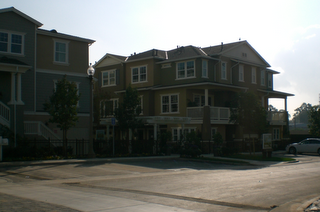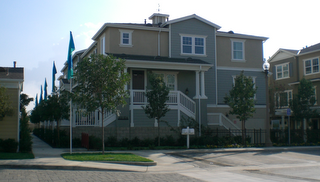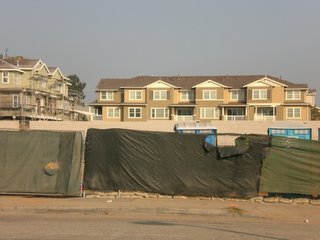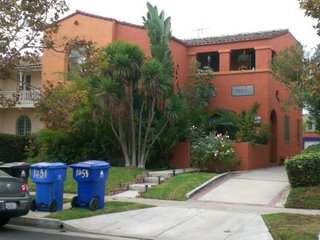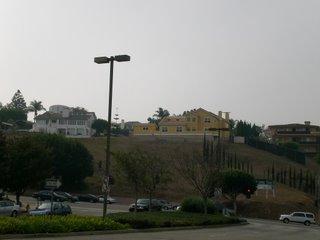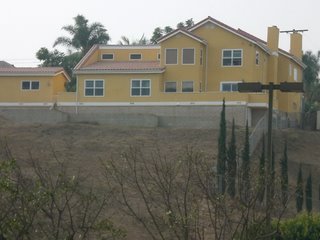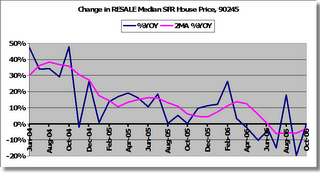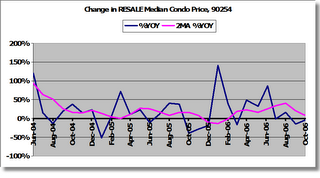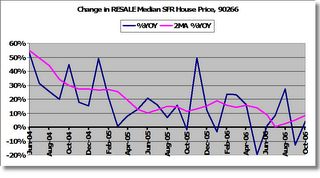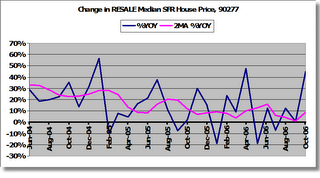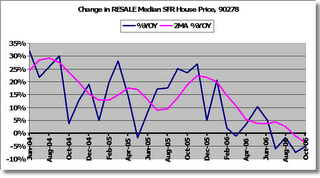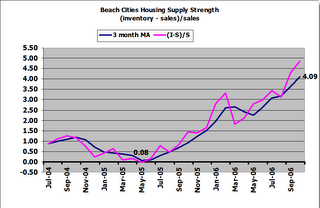L.A. Times: Back to Location, Location, Location
Here's a little walk down memory lane for you. It seems like just a few short years ago we were reading about how homebuyers succumbed to the housing market frenzy and bid up properties in hot markets like Pasadena. According to some realtors, some properties got over two dozen bids. Some bidders literally paid other potential bidders to just go away. Serious potential buyers had to grovel by writing a letter to the seller and stating why the seller's property is so wonderful and the letter needed to include a picture of the buyer's family. Adorable photogenic pets and kids were helpful. Ahh, those were the days of real estate heaven, at least for the sellers and their agents. But those days are gone, right?
Not according to this November 26 story by David Streitfeld. The mania is alive and well. Busting a good bubble is hard to do.
The mania persists in a few very select places. The article describes an East Bay (San Francisco) location where a property was on the market for nine days and the price got bid up from $699,000 to $780,000. Another property had an asking price of $698,000 and a bid of $798,000 still wasn't enough to secure it.
The story makes a good point about how our old valuation standards were discarded during the mania. Remember when location mattered, and that you sought to buy the cheapest property in the best neighborhood you could afford?
In the unwinding of mania, we can expect things to play out in reverse, and that would suggest a return to the old traditional valuation standards. Since this bubble has barely begun to deflate, we can expect bubble behavior to reverberate, so we'll see these bidding wars again, though on a smaller scale, as the article suggests. In one way this kind of behavior reminds me of the sharp intermittent stock market rallies that occurred between late 1929 and July 1932, while the Dow continued its dramatic descent all the way down to 42 from a high of 380.
I don't know if he is still following this model or not, but in his book, Clif Droke expects a very mild recovery in the housing markets in 2007, "after a scary dip." These are the buy-the-dipsters coming out of the woodwork to pick up what they think are bargains. If his model is correct, that's what we could be seeing now. But once this phase is over, the true bloodshed begins.
In his book, home builder Robert Campbell flatly says that the old adage about location "is a myth. It's all about market timing." And he would know. It wasn't the great location of his money-losing properties that saved him during six lean years enduring the last real estate bust in San Diego, it was having savings to fall back on.
The decline this time around could end up being unique in its ferocity. If that is true, then location definitely won't matter, not if you want to be in a profitable position in your real estate purchases. The viciousness of the decline will take down everything. But the reverse is also true. At a market bottom, people shop quality. And location factors in to that quality.



